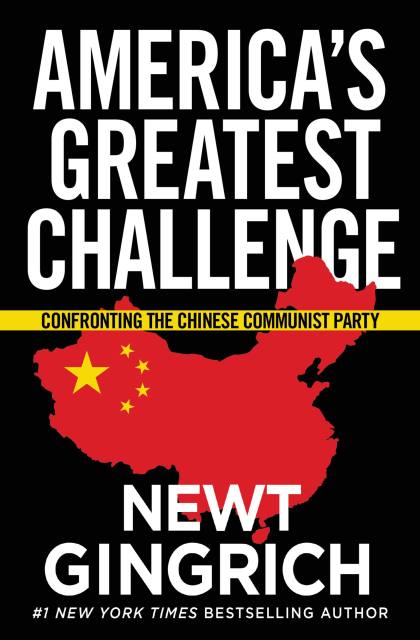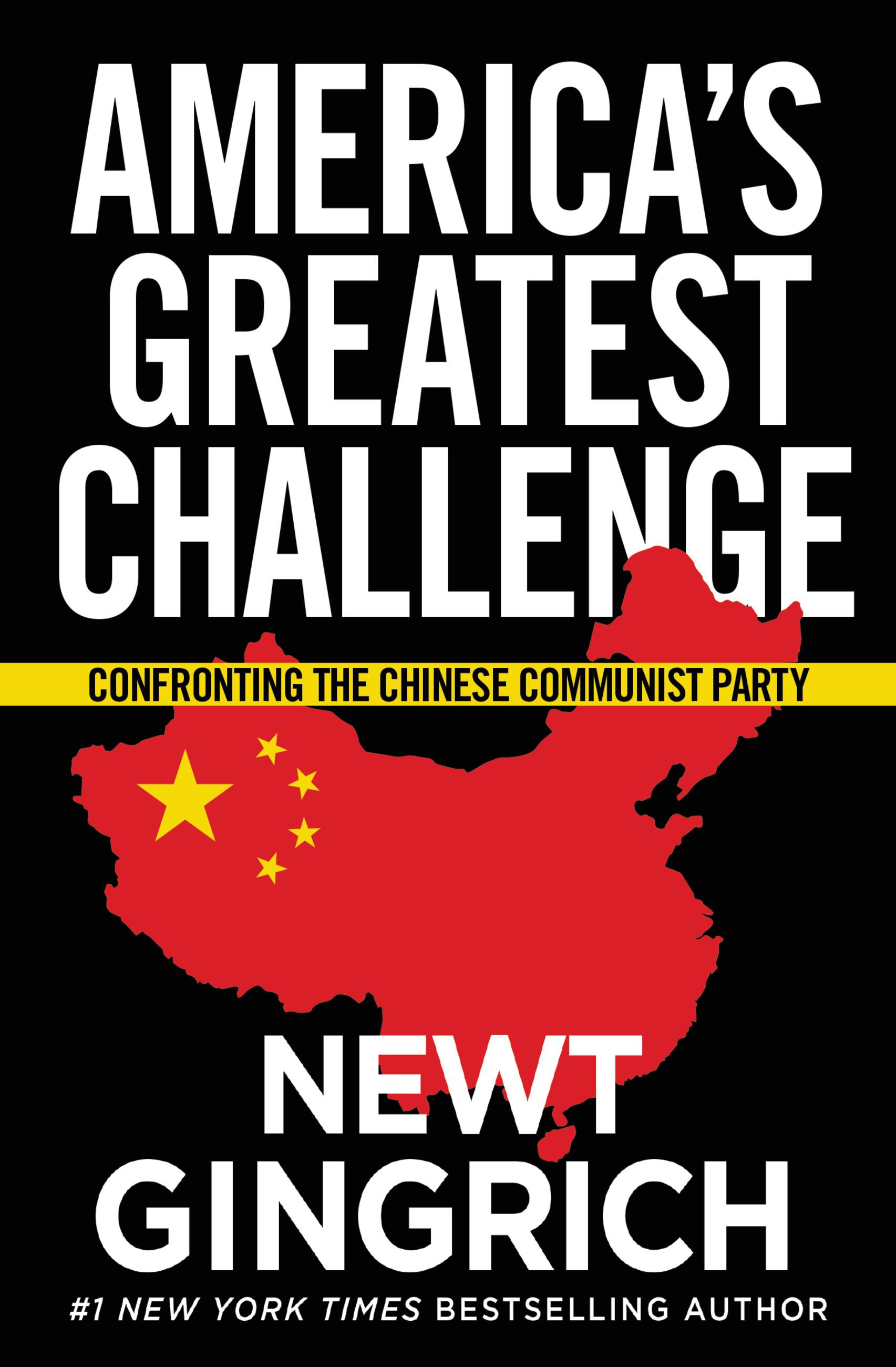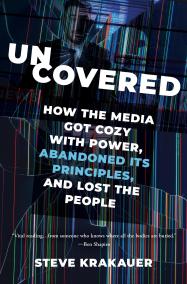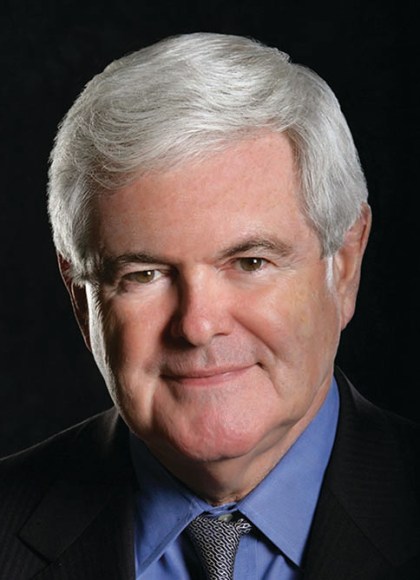Promotion
Use code MOM24 for 20% off site wide + free shipping over $45
America's Greatest Challenge
Confronting the Chinese Communist Party
Contributors
Formats and Prices
Price
$14.99Price
$19.99 CADFormat
Format:
- ebook $14.99 $19.99 CAD
- Audiobook Download (Unabridged) $31.99
- Trade Paperback $17.99 $22.99 CAD
- Trade Paperback $18.99 $23.99 CAD
This item is a preorder. Your payment method will be charged immediately, and the product is expected to ship on or around October 22, 2019. This date is subject to change due to shipping delays beyond our control.
Also available from:
Former Speaker of the House Newt Gingrich sounds the warning bell that communist-ruled China poses the biggest threat to the United States that we have seen in our lifetime.
The United States is currently engaged in a competition with the Chinese government unlike any other that we have witnessed before. This is a competition between the American system—which is governed by freedom and the rule of law—and a totalitarian dictatorship that is controlled by the Chinese Communist Party. These are two different visions for the future; one will succeed, and one will fail.
It is possible for America to respond to the Chinese Communist Party's efforts, but doing so will require new thinking, many big changes, and many hard choices for our leaders in government and private sector.
Newt Gingrich's Trump vs. China serves as a rallying cry for the American people and a plan of action for our leaders in government and the private sector. Written in a language that every American can understand but still rich in detail and accurate in fact, Trump vs. China exposes the Chinese Communist Party's multi-pronged threat against the United States and what we must do as a country to survive.
The United States is currently engaged in a competition with the Chinese government unlike any other that we have witnessed before. This is a competition between the American system—which is governed by freedom and the rule of law—and a totalitarian dictatorship that is controlled by the Chinese Communist Party. These are two different visions for the future; one will succeed, and one will fail.
It is possible for America to respond to the Chinese Communist Party's efforts, but doing so will require new thinking, many big changes, and many hard choices for our leaders in government and private sector.
Newt Gingrich's Trump vs. China serves as a rallying cry for the American people and a plan of action for our leaders in government and the private sector. Written in a language that every American can understand but still rich in detail and accurate in fact, Trump vs. China exposes the Chinese Communist Party's multi-pronged threat against the United States and what we must do as a country to survive.
Genre:
- On Sale
- Oct 22, 2019
- Page Count
- 352 pages
- Publisher
- Center Street
- ISBN-13
- 9781546085096
Newsletter Signup
By clicking ‘Sign Up,’ I acknowledge that I have read and agree to Hachette Book Group’s Privacy Policy and Terms of Use







